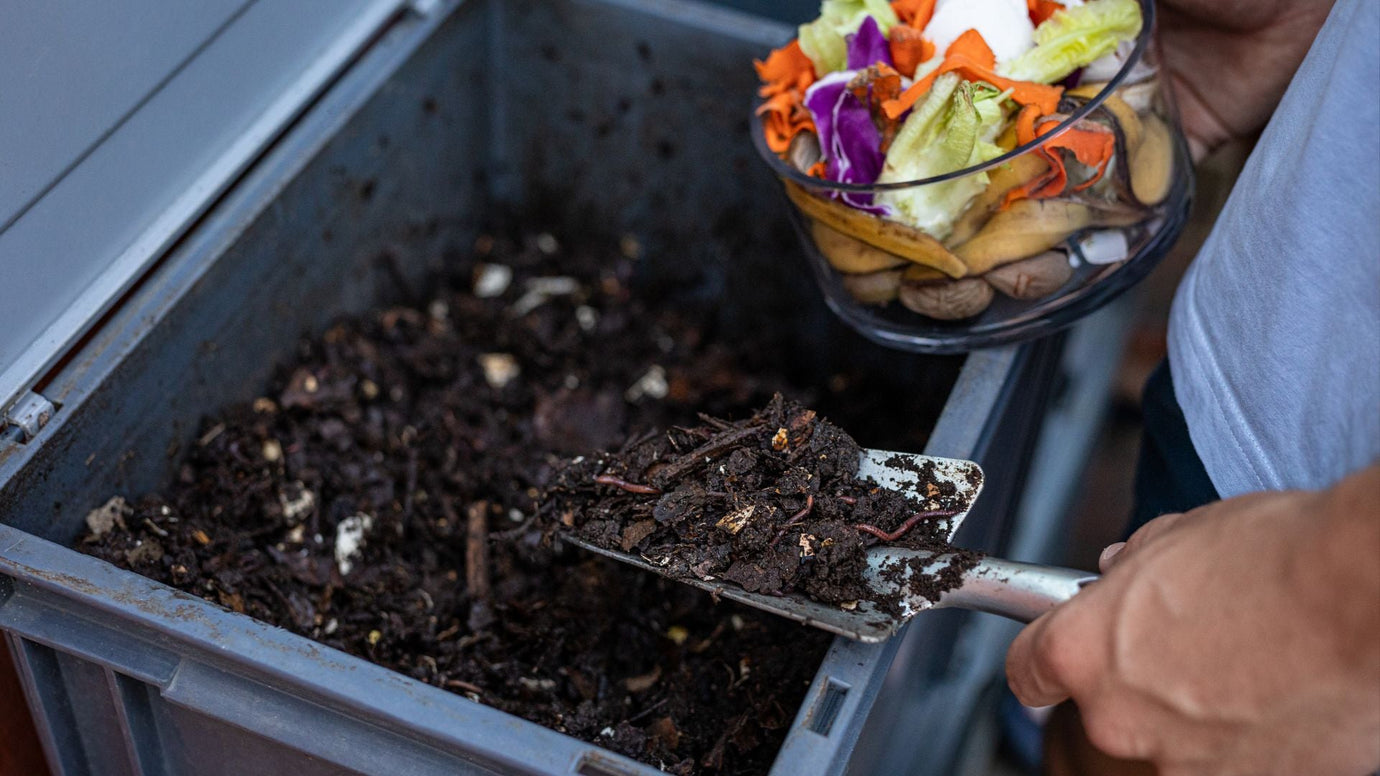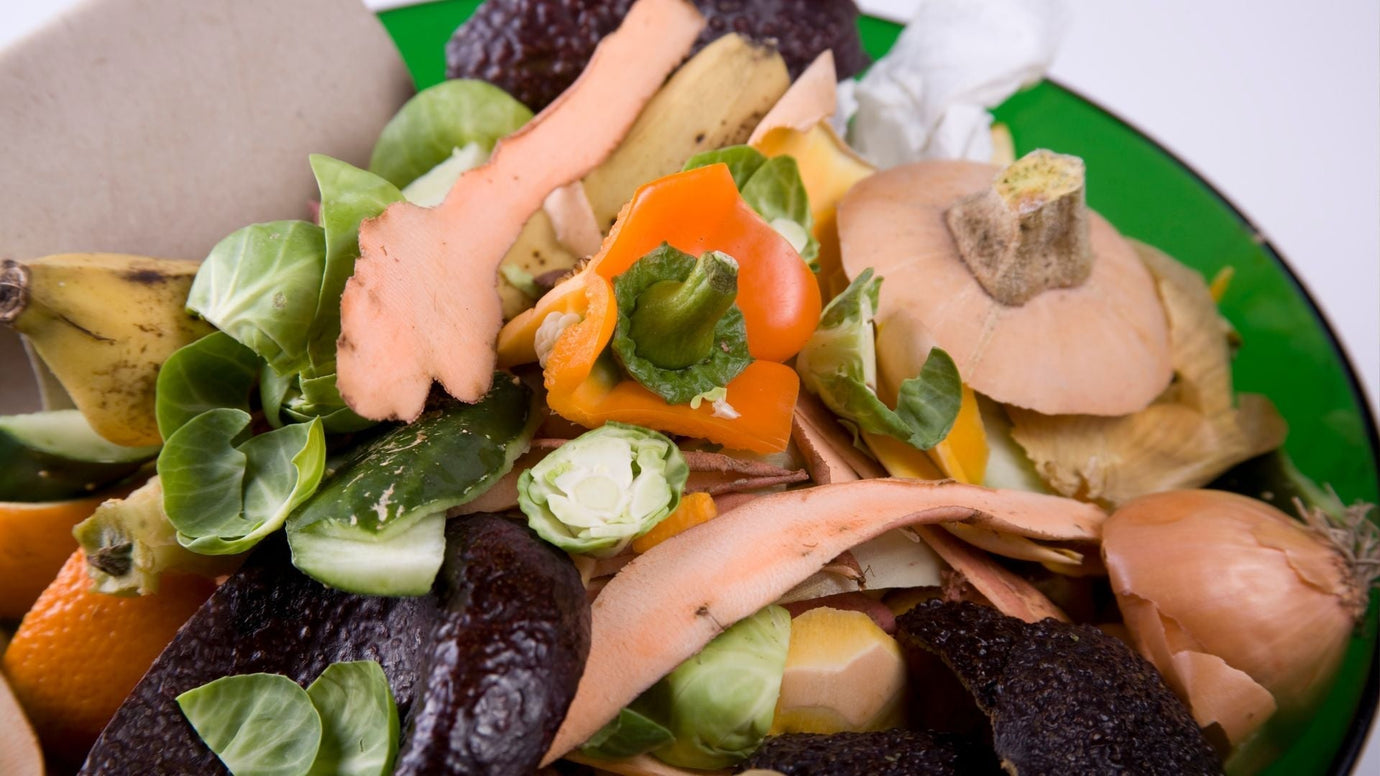Assessing Your Kitchen’s Sustainability
Think about everything that happens in your kitchen in a day. You brew coffee, rinse produce, cook meals, wash dishes, and toss food scraps. It all seems routine, but have you ever tracked how much energy, water, and waste your kitchen actually produces?
Most people don’t realize how much their cooking habits, appliances, and grocery choices contribute to their environmental footprint. But making small, smart changes can have a big impact over time.
A kitchen sustainability audit helps you see where you can make these changes, track what’s happening in your kitchen, and find easy ways to waste less and save more.
Reduce Food Waste
Food waste happens simply because we forget what’s in the fridge. Keeping leftovers and ingredients in clear containers, labeling them with dates, and planning meals around what you already have can help prevent food from going bad before you use it.
Expiration dates can be misleading as many foods are still good past the "Best By" date. Checking for spoilage rather than relying solely on labels helps reduce unnecessary waste.
Composting is one of the best ways to manage food waste, but traditional composting isn’t always practical for small spaces. An automatic composter like the Vego Kitchen Composter makes it easy by speeding up the breakdown process and eliminating odors. Instead of tossing scraps in the bin, you can turn them into nutrient-rich plant material in just a few hours.

What’s Using the Most Energy in Your Kitchen?
Whenever you turn on the oven, run the dishwasher, or leave the fridge door open a little too long, energy is used and sometimes wasted.
Fortunately, you can make your kitchen more energy-efficient. Simple habits, like using the right burner size, cooking with lids on pots, and unplugging small appliances when they’re not in use, can help lower energy consumption.
If you choose to make your own compost, our Vego electric food composter is another way to make energy use more efficient. Instead of tossing food waste into the trash (where it adds to landfill pollution), our composter breaks it down quickly, using minimal power. It’s a practical way to reduce waste while ensuring energy is used for something useful.
Lighting is another area where small swaps can make a big impact. If your kitchen still has incandescent bulbs, switching to LEDs can cut energy use instantly. When possible, take advantage of natural light instead of flipping the switch.
Is Your Kitchen Using More Water Than It Should?
When fully loaded, dishwashers actually use less water than washing by hand, so running a half-empty cycle wastes both water and energy. A simple way to check if your dishwasher is working efficiently is to see if you need to pre-rinse dishes before loading them. If you do, it might be time for an upgrade.
Installing a low-flow faucet aerator takes just a few minutes and can cut water use without affecting water pressure. You can also save water by repurposing what you’d normally pour down the drain, like using vegetable rinse water for your houseplants.
Practice Sustainable Grocery Shopping
Single-use plastics add up fast in a kitchen. If you usually reach for plastic produce bags at the grocery store, reusable mesh alternatives work just as well. Buying in bulk can also cut down on packaging waste, so if your local store has a refill section, bring your own containers for pantry staples like rice, flour, and nuts.
Choosing local and seasonal produce reduces the carbon footprint of your groceries. Imported fruits and vegetables often travel thousands of miles before they reach your plate, while local options tend to be fresher and require less transportation.
Kitchen Cleaning & Waste Management
Many cleaning products contain chemicals that aren’t great for the environment, and they usually come in plastic bottles that end up in the trash. Switching to refillable or biodegradable cleaning products makes a big difference over time. If you’re up for DIY solutions, simple mixes like vinegar and baking soda work well for many kitchen surfaces.
Recycling properly is another way to reduce waste, but it’s not always as simple as tossing items into a blue bin. Checking local recycling guidelines helps you avoid contamination.
It’s also worth examining how many disposable items you use daily. Paper towels, plastic wrap, and single-use sponges can be replaced with reusable alternatives like cloth rags, beeswax wraps, and compostable scrubbers. If you compost with an automatic composter like the Vego Kitchen Composter, you’re already reducing landfill waste, so pairing it with other sustainable cleaning swaps makes sense.
Tracking Your Kitchen’s Sustainability
Making your kitchen more sustainable is more about progress than perfection. Even small changes, like using a full dishwasher load, swapping paper towels for cloth, or planning meals to avoid waste, add up over time. Tracking your habits can help you see where you’re making a difference and where there’s room to improve.
If you want a simple way to compost and measure the impact of your composting, our Vego electric food composter makes waste reduction easy. It turns food scraps into compost in hours. With the Vego app, you can track composting progress in real-time, see how much waste you’ve kept out of landfills, and monitor your impact.
And you don’t need a big yard to put compost to good use. A few potted herbs, a balcony planter, or a small raised bed can turn kitchen waste into fresh, homegrown food. Fresh produce at home means fewer trips to the store and fewer packaged goods, which reduces waste even further. Plus, your homegrown crops will benefit from nutrient-rich compost, creating a full-circle system where nothing goes to waste.
A sustainability audit isn’t a one-time task. It’s an ongoing process. This month, focus on reducing food waste. Next month, start bulk shopping or composting. The goal is to build lasting habits that make your kitchen more energy efficient and eco-friendly.







